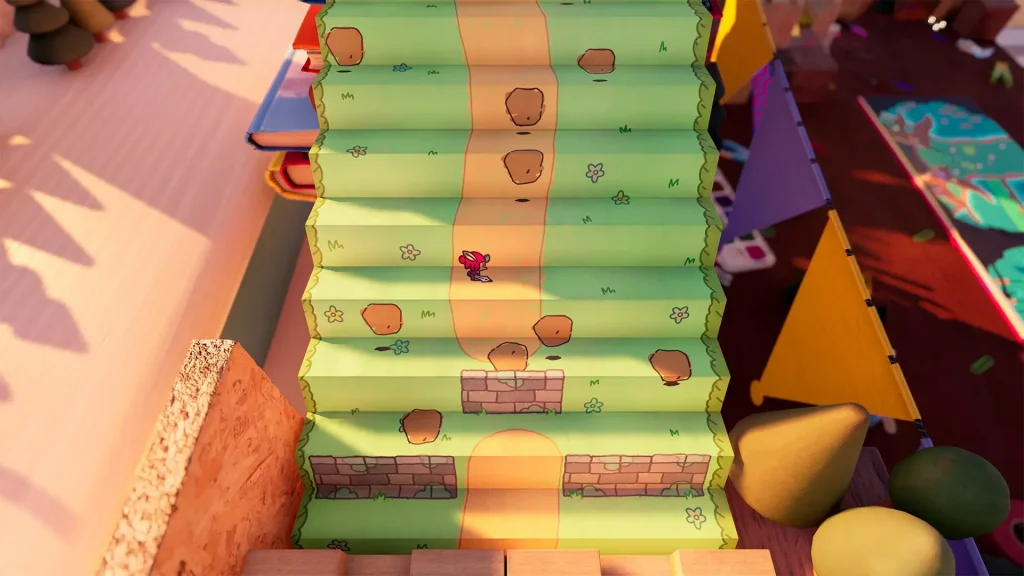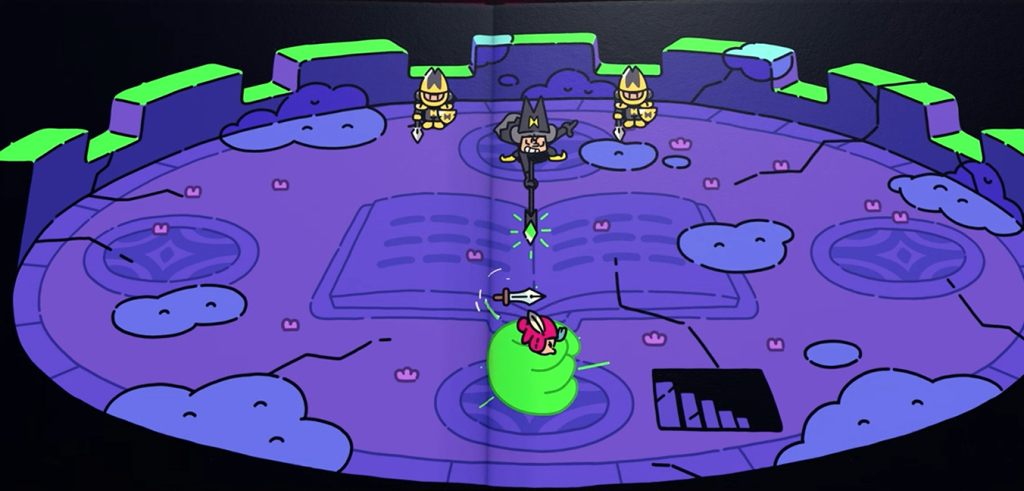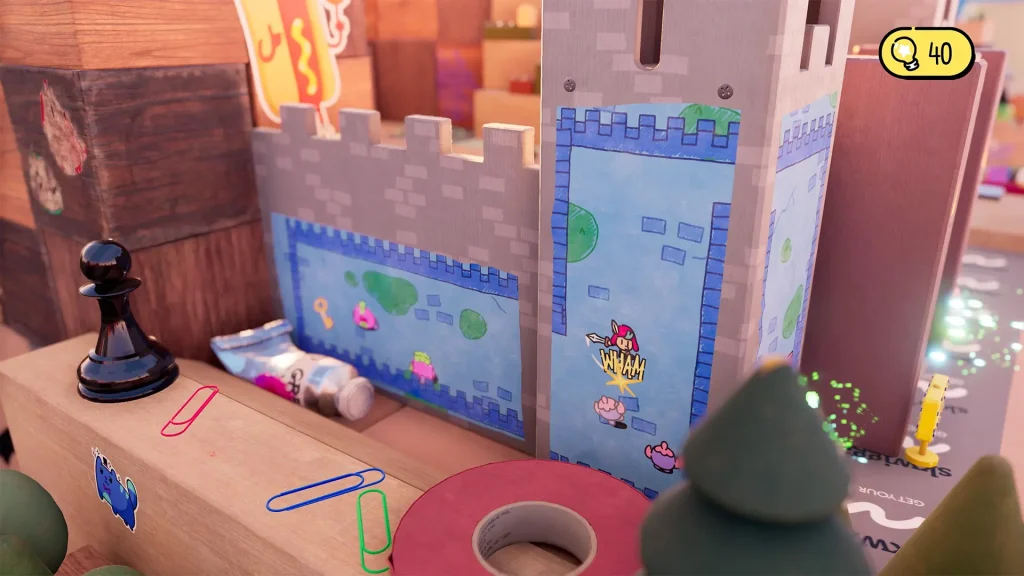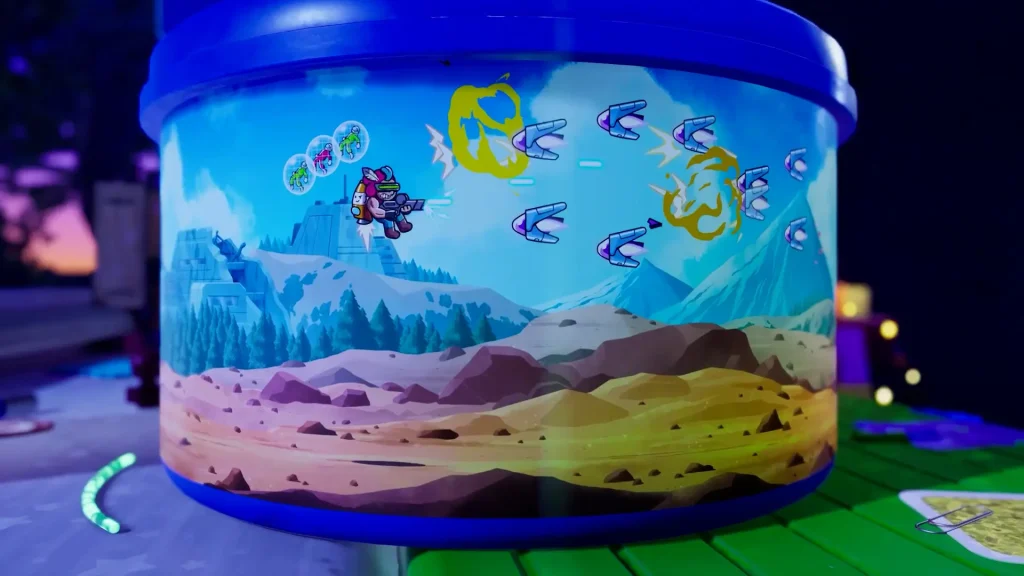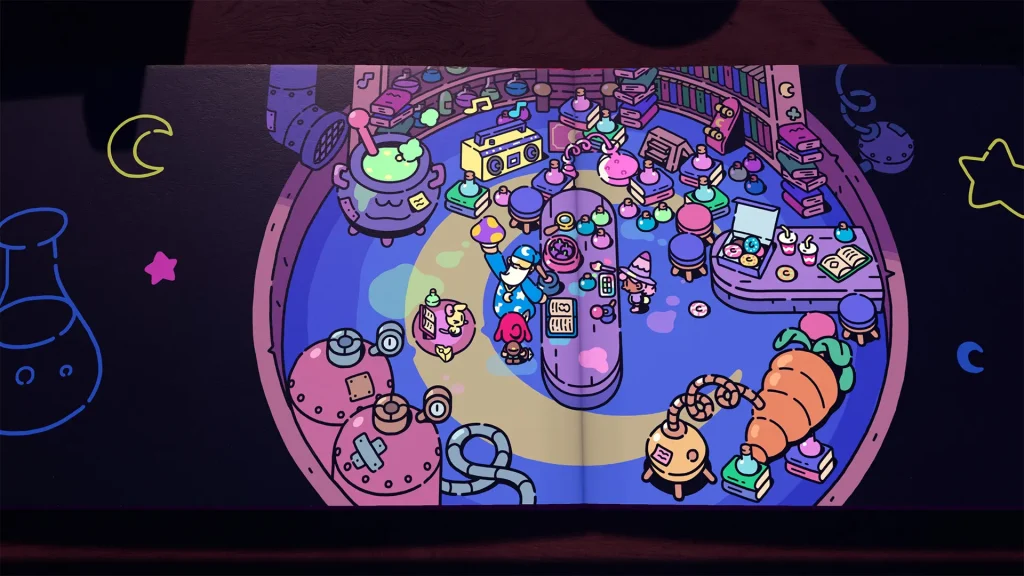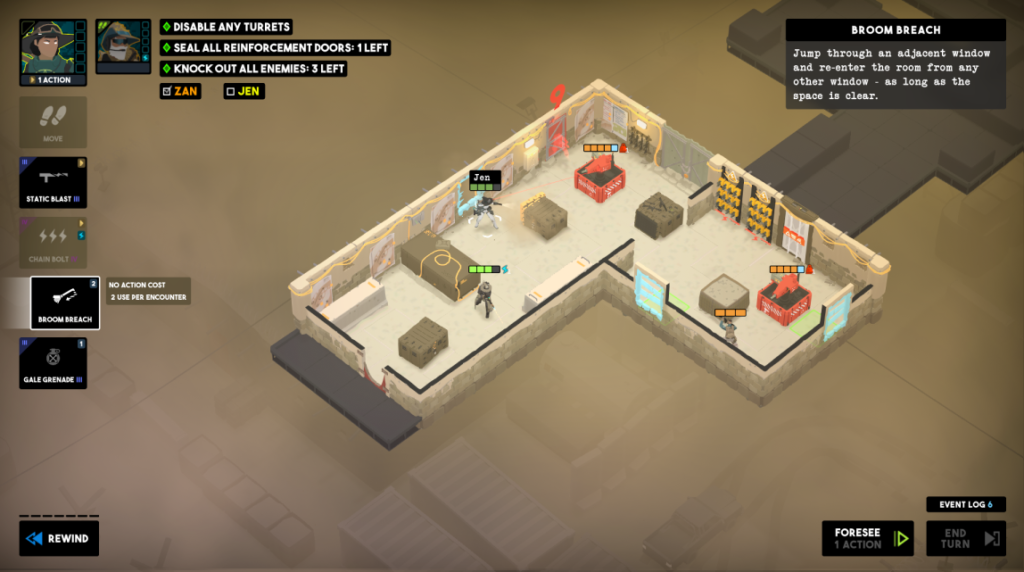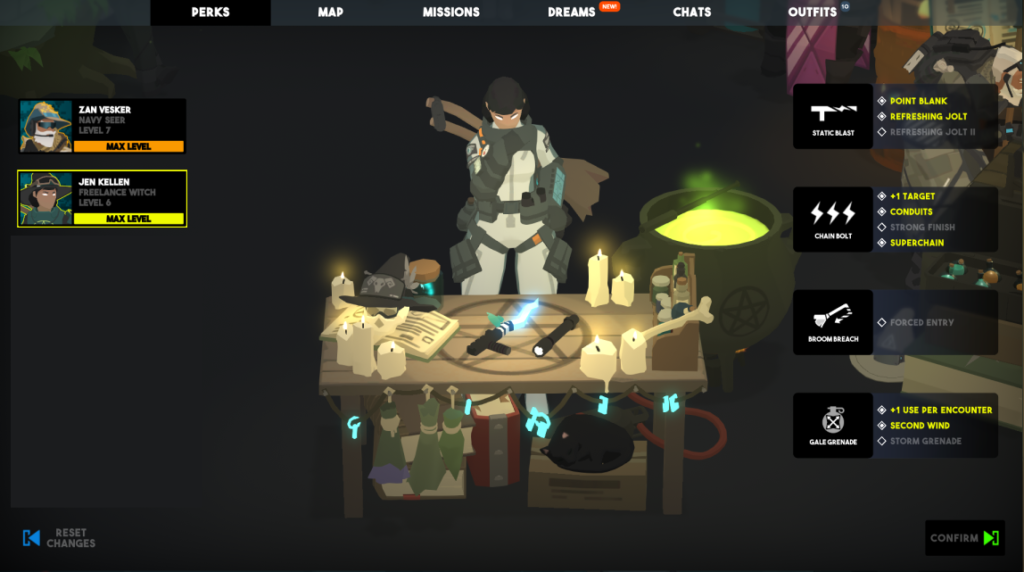Journey to Incrementalia is single player idle game, placing it in a genre that I have some thoughts about.
But I beat it in six hours! I spent most of that time actively playing!
And I was only tempted to break out AutoHotKey and start writing macros once or twice!
All of which makes me wonder if it counts as an idle game/clicker game at all.
Journey to Incrementalia
The premise is simple enough. You are a necromancer. You have been brought back from the dead to reach Incrementalia, a mystical land of… something. And you’re going to do this by raising the dead, and hurling spells at anything that moves.
It starts out as a pretty standard idle game. Ponder the orb to generate mana, spend mana to summon skeletons, and watch skeletons break down the wall.
But it quickly breaks away from normal idle game scaling because of its resource system.
Resources and mechanics
Journey to Incrementalia has 3 primary resources: mana, souls, and skill points.
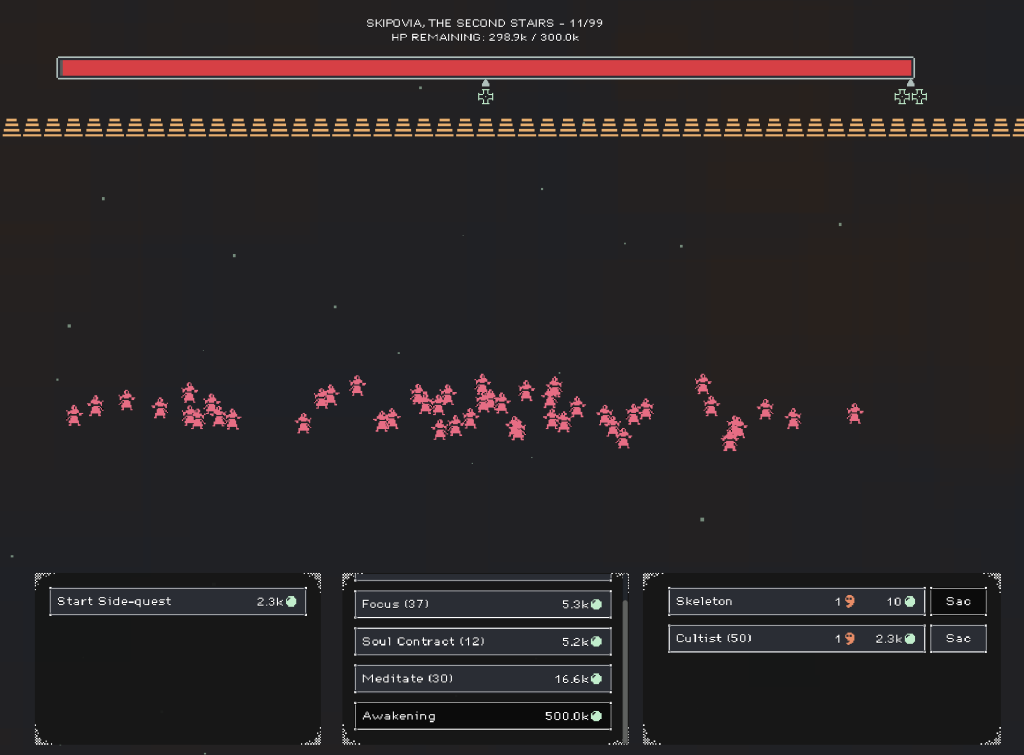
Mana is pretty standard. You click on your orb, you get mana. You spend mana on a small smattering of permanent stat upgrades, summoning units, and buying souls.
The other two are much more interesting.
Skill points are used to get access to spells, and to buff those spells. For example, one of the earliest spells in the game is the Goblin. Putting 1 point into it lets you hire goblins, and additional points buff the amount of poison goblins apply when they attack.
That said, the number of goblins (and other units) are still limited by souls. There’s a bunch of ways to get souls, but even at the very end of the game, I only had around ~2000 or so.
So this is the part where things get good, and change from most other idle games I’ve played. It’s free to respec skills, and change builds. But since the player is still limited by the number of units they can field, it’s necessary to think about army composition.
This turns the game into an optimization problem instead of just clicky-clicky number go up.
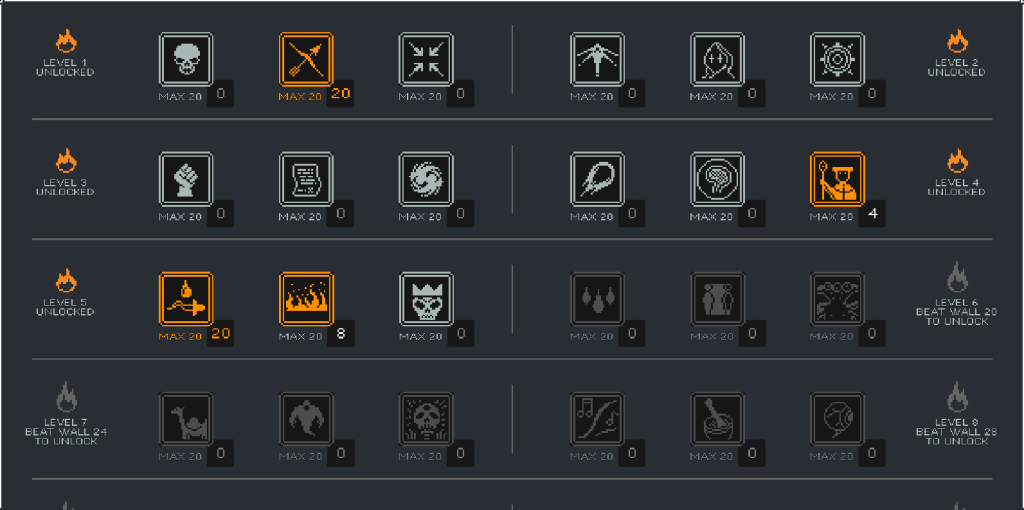
As I reached higher and higher walls, I found myself respeccing constantly. Maybe I’d just unlocked a new spell to buff skeletons. Maybe it was a unit that let me apply poison more effectively. Maybe I just had enough mana generation to sling unending waves of fireballs, ignoring units completely.
My personal favorite combo was one where I constantly sacrificed skeletons, causing them spawns ghosts that slammed into the wall, applying poison stacks. These skeletons would then be re-summoned automatically, and the process would repeat. It was a sort of necromantic carpet bombing, and I enjoyed it immensely.
This was the best part of Journey to Incrementalia. Looking at the skill tree and trying to do napkin math in my head to get the biggest numbers possible, or realizing that I’d overlooked a spell or upgrade, was a lot of fun. So was spotting overlooked combos.
Some Criticism
Journey to Incrementalia is very fun when you have a bunch of skills to play with. When you don’t, it’s much less enjoyable, and this included much of the early game. Pretty much everything to the 25th wall wasn’t as good.
The game also isn’t particularly replayable. Different selections on side-quests didn’t result in different rewards or quest text, something I found disappointing.
Finally, the game is still somewhat buggy. I didn’t hit any major issues, but I did find a bug where I could summon infinite volcanoes, which slowed my PC to a crawl. I’ve also seen posts from some folks whose game has just straight up bricked. Some of these have already been fixed, but these would have been dealbreakers if I’d encountered them.
Overall
Journey to Incrementalia was most fun when I browsing the skill tree, and doing napkin math. It was at its least fun when I had done that math, and was just sort of waiting for my strategy to play out.
I’m actually fine with the game’s length, even if I wish it came online a bit faster. There’s also a few spoiler-y late game mechanics that I wish it did a bit a bit more with.
Perhaps if it did do more with its narratives or builds, I’d feel more strongly about recommending it. As it is though, I don’t hate it or love it, and I’ll leave that decision to folks with $5 and an afternoon or two to burn to answer that question.



